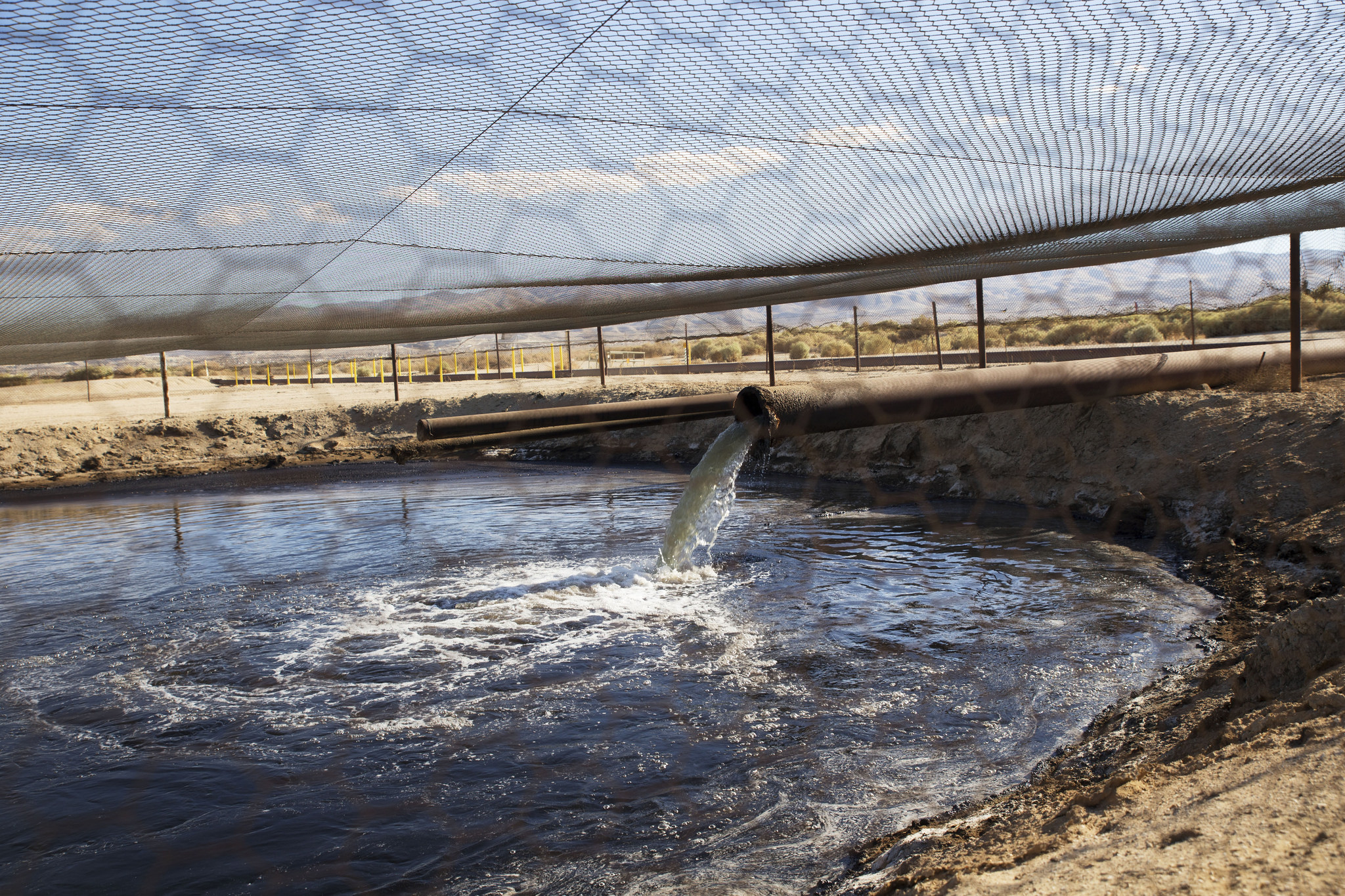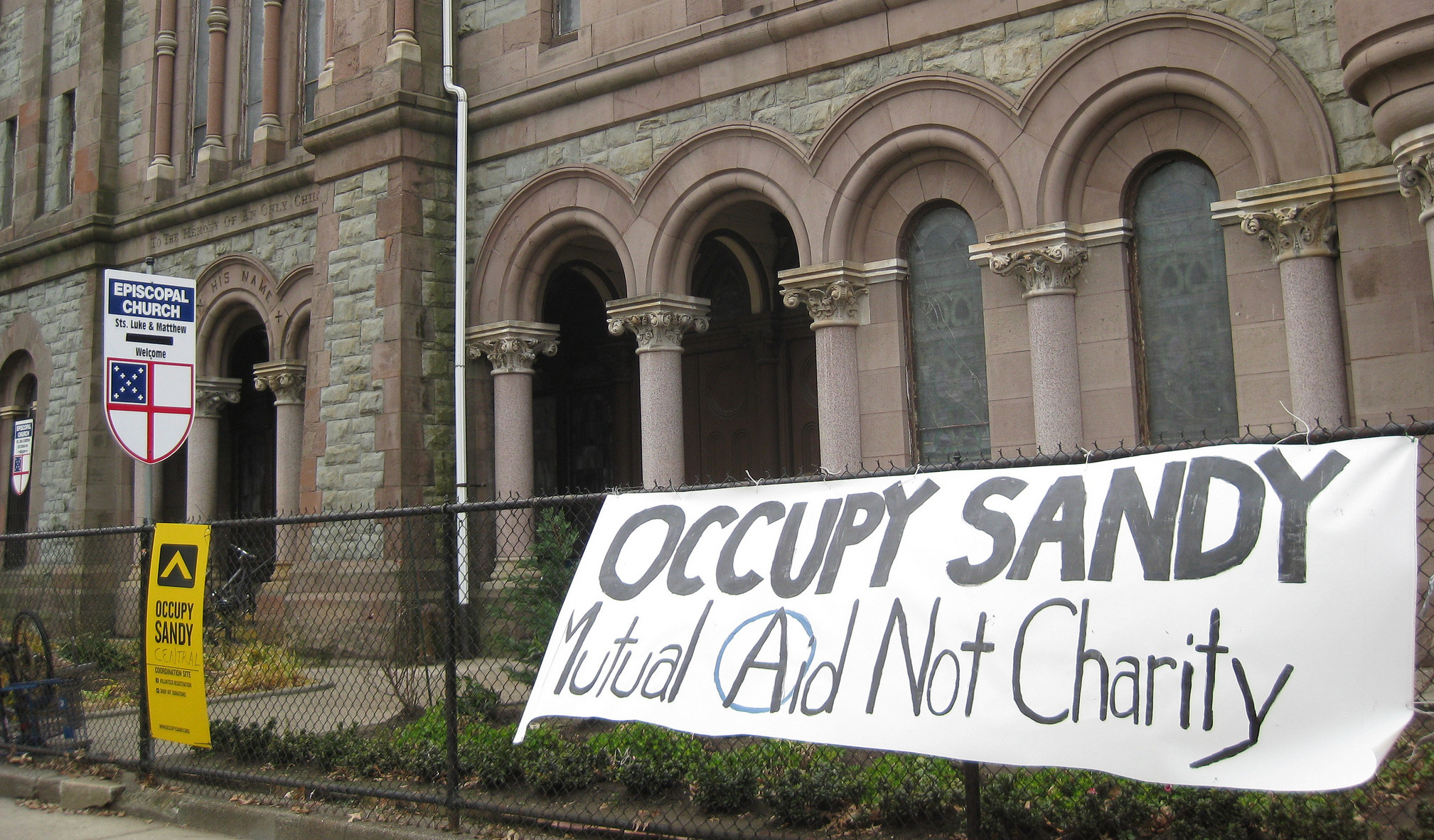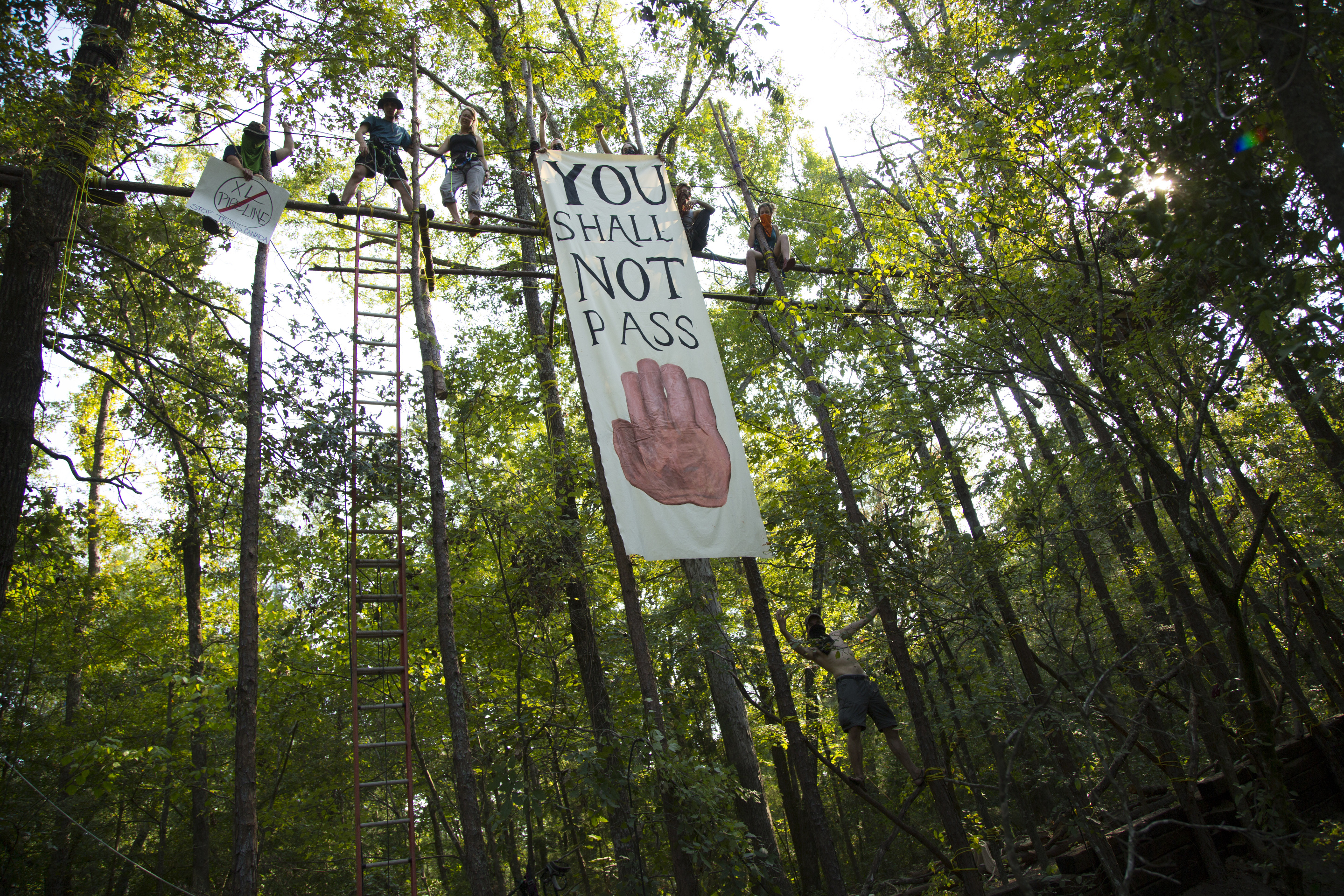California is in the midst of a historic drought, with some estimates suggesting that as little as a year’s worth of water could remain available to the state. Gov. Jerry Brown announced a water reduction plan earlier this month that requires mandatory changes in how communities, households and some businesses use water.
Since the plan’s announcement, dozens of articles in the media have debated the role of agriculture in the California water crisis, especially water intensive crops like almonds, which take up as much as 10 percent of the state’s agricultural water use.
Some growers even report backlash from their communities.
Yet while farmers will face water restrictions, one major user — and polluter — of the state’s water is exempt: the oil and gas industry, which, according to RT, uses 2 million gallons of fresh water per day.


